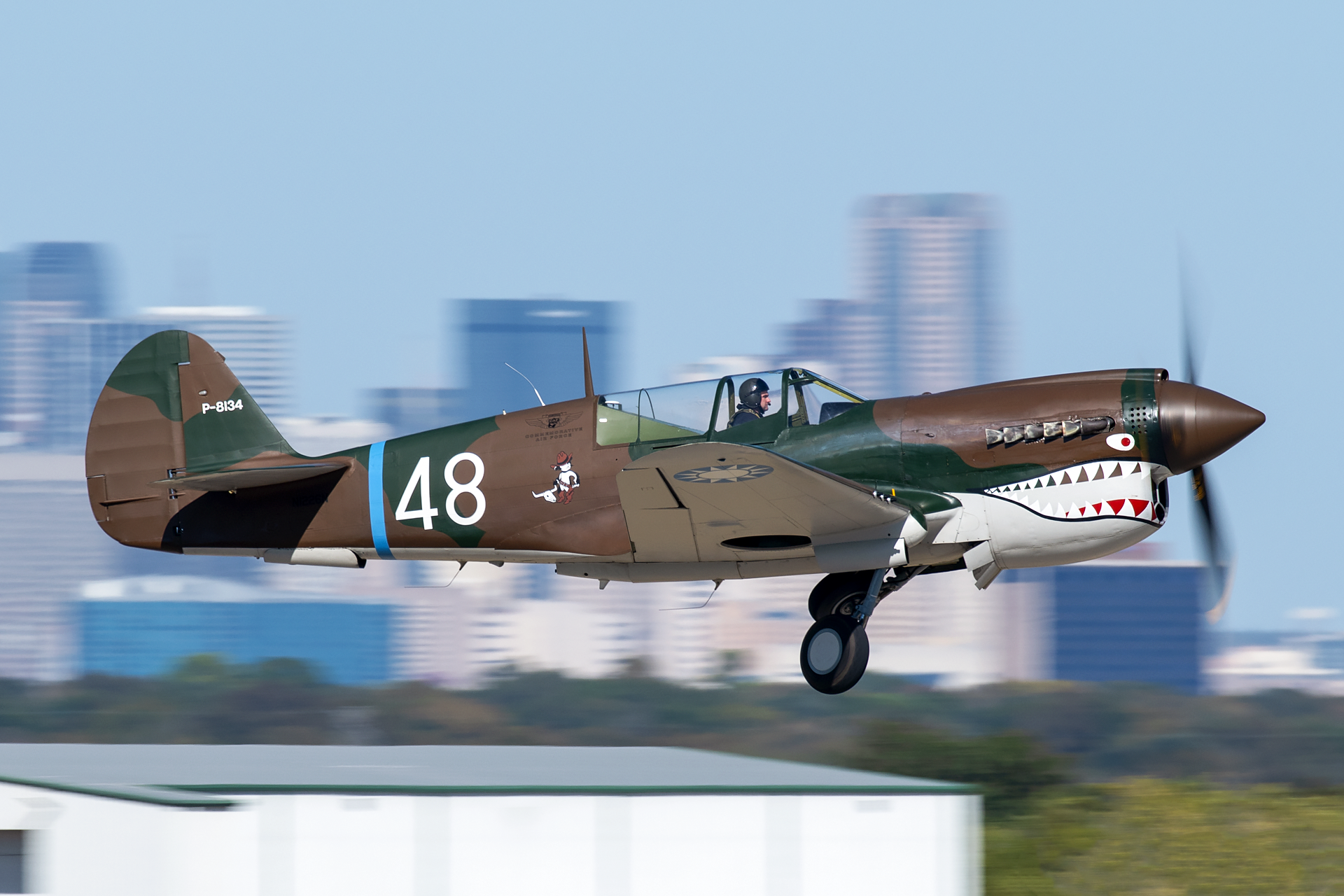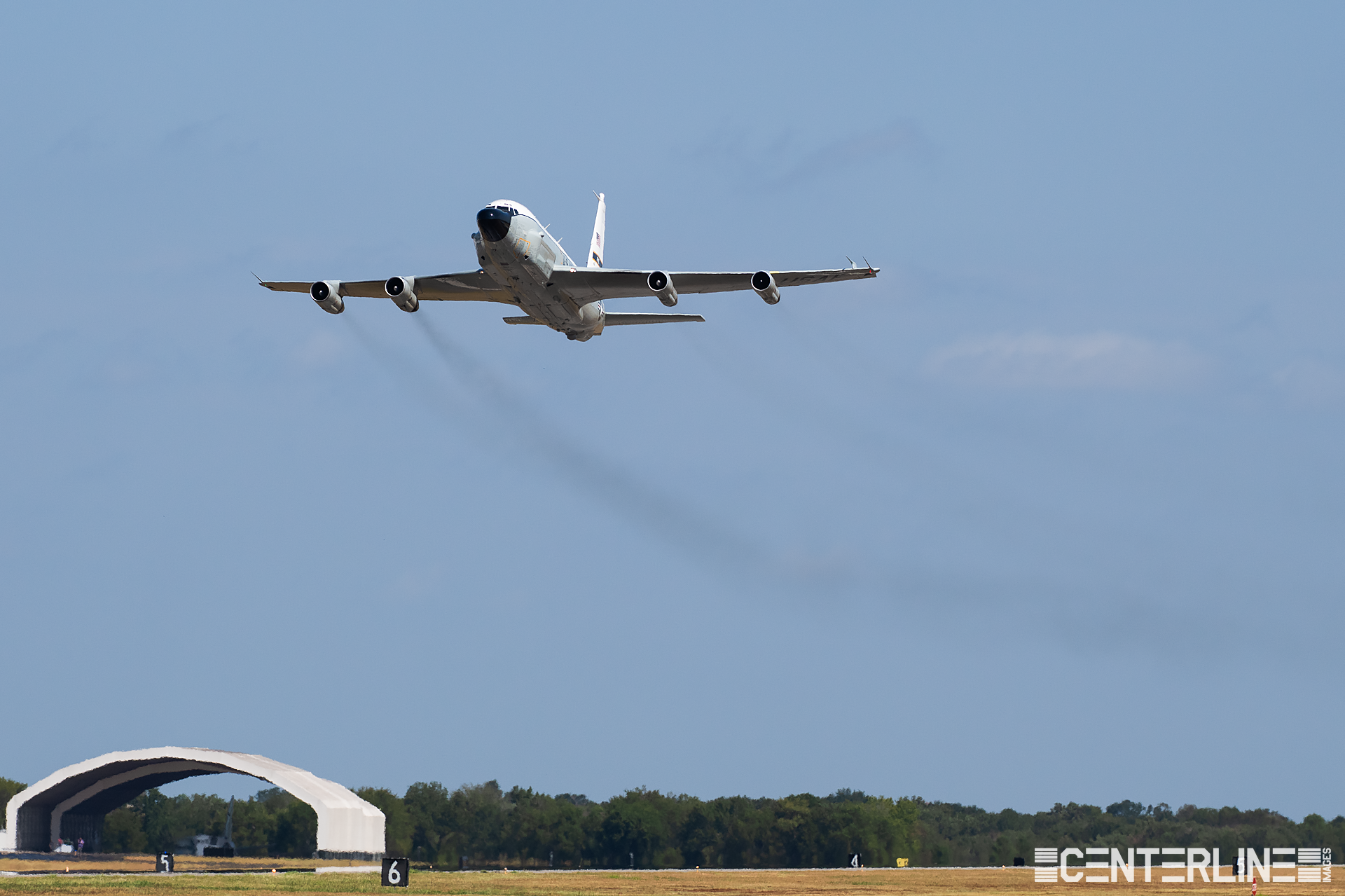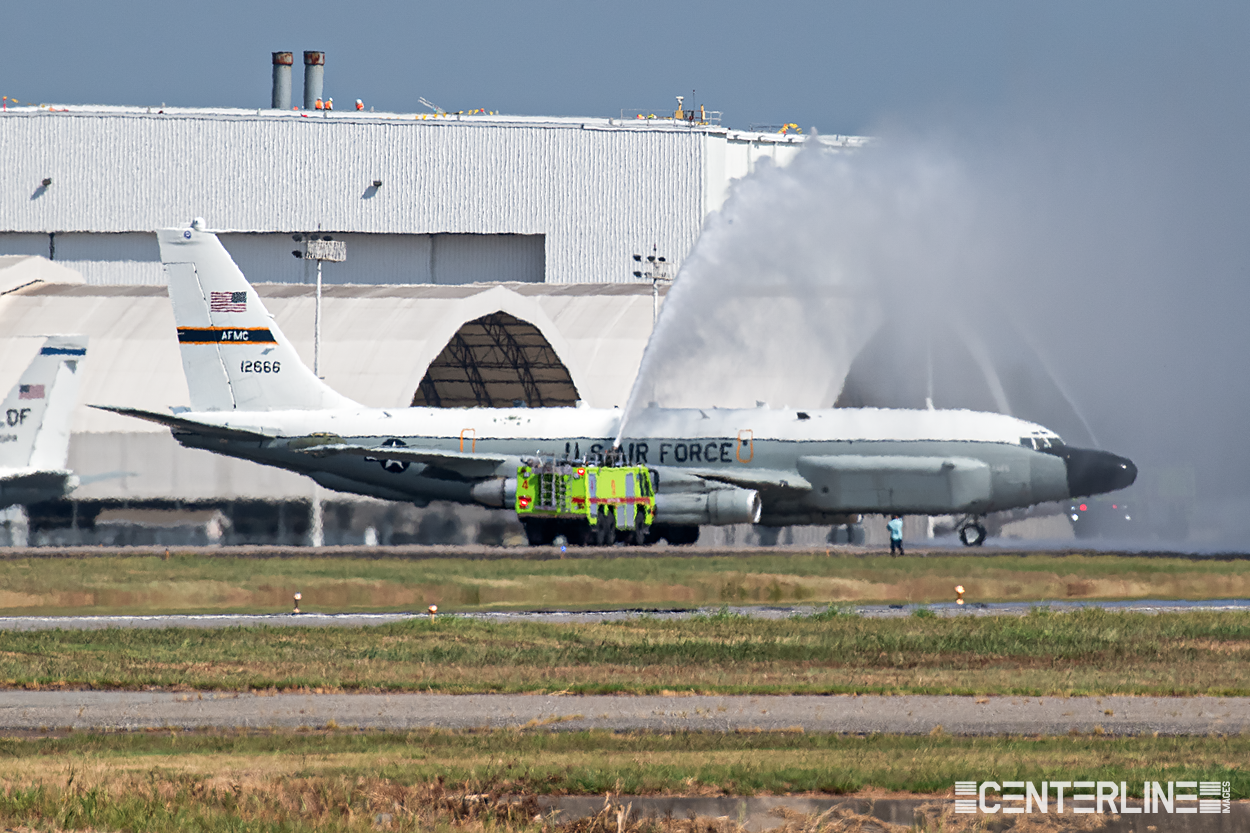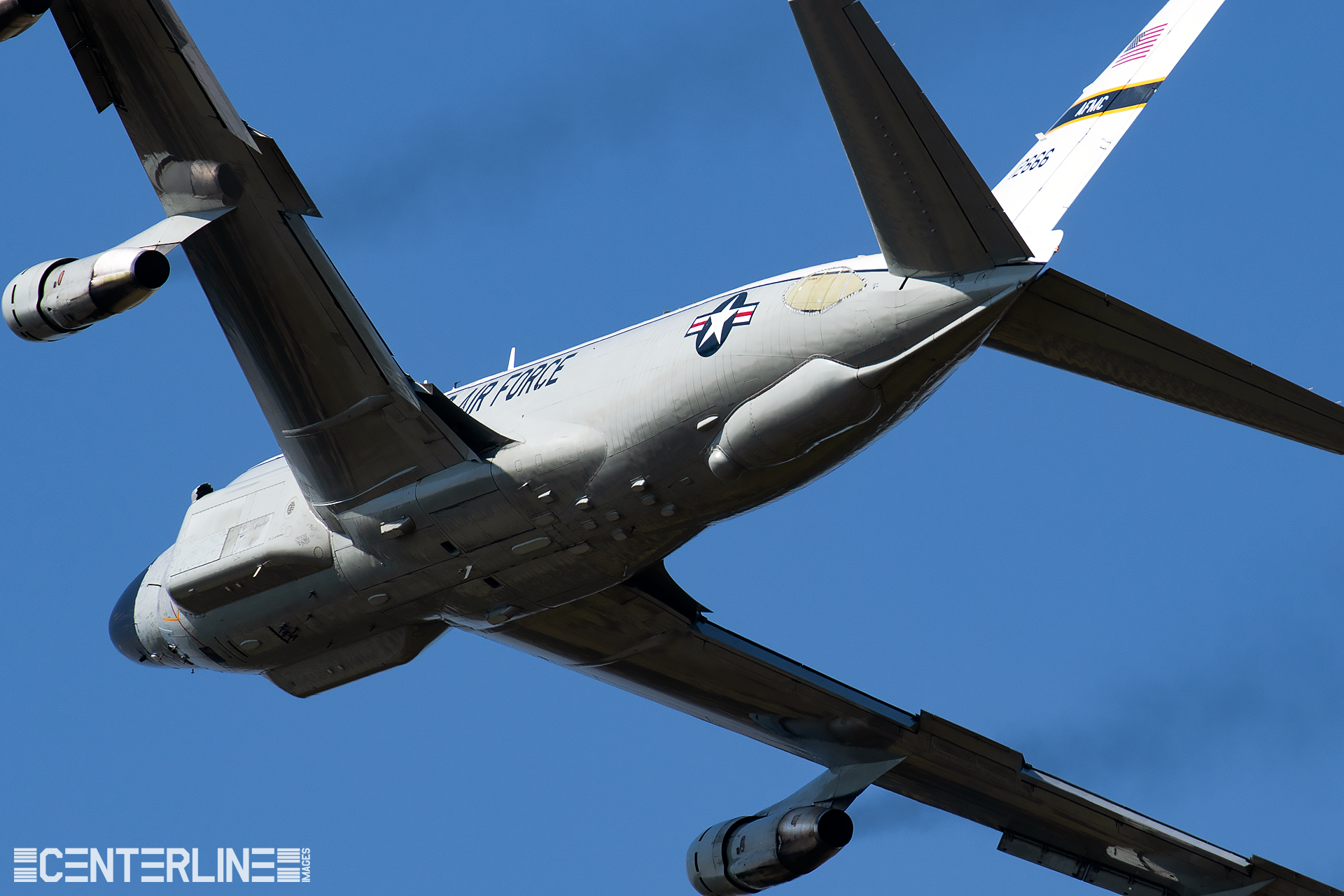
Curious on the backstory behind the photos? This is the place. You'll find not only write ups on local outings, but also reviews of major events I’ve attended.
Triple 6: End Of An Era
The Air Force retires an important testbed, and with that, the signature smoky TF-33 engines on the type.
September 5th, 2023 marked the end of an era in North Texas, in a couple of ways. The 61-year-old NC-135W testbed, Triple 6, was retired to the Davis-Monthan Air Force Base boneyard, formally known as AMARG, a massive aerospace storage and maintenance facility adjoining the Arizona base. Triple 6, nicknamed in reference to the airframe's serial number, 61-2666, spent the second half of its life in Greenville, Texas under the Big Safari program, also known as the 645th Aeronautical Systems Group. The Big Safari program is a United States Air Force program that began in 1952, providing management, direction, and control of the acquisition, modification, and logistics support for special-purpose weapons systems derived from existing aircraft and systems.
Arguably of even bigger significance from yesterday's retirement was that this officially concluded operations of the Pratt & Whitney TF-33 engines on US Air Force C-135 series aircraft. The type has used the engine for well over half a century. The TF-33 is the military designation for the Pratt & Whitney JT3D which equipped iconic airliners such as the Boeing 707 and Douglas DC-8 in the early years of the Jet Age. With the retirement of the TF-33 comes the absence of the piercing scream and soot trail that were hallmarks of this now-outdated aviation technology. All remaining C-135s are retrofitted with the much more quieter CFM56 engine, which also equip the Boeing 737NG, among other modern aircraft.
On departure, the crew of Triple 6 put on a great show, performing an impressive immediate right turn after departure for the employees of the facility followed by a couple spirited passes, before turning on course for an unpressurized 12,000 foot cruise over to its final resting place in Arizona. If you look closely, you'll see hundreds of signatures by people involved with the program down the side of the airframe.
Triple 6 has quite the impressive resume. According to the wonderful Aerial Visuals website, 61-2666 was originally built in February 1962 by Boeing in Renton, WA, USA as a C-135B-BN. Impressively, only two months later in April 1962, it set a few speed and cargo lift records. Later, in August 1965, it was converted to a WC-135B and was operated by the 55th Weather Reconnaissance Squadron until 1989. Notably, 61-2666 provided support for atmospheric sampling after the Chernobyl nuclear reactor accident. In 1989, it was transferred to Det. 2, 645th Materiel Squadron in Greenville, Texas where it has supported flight testing of the RC-135 fleet ever since.
In May 1995, there was a conversion to WC-135W, which included new equipment for evaluation and various antennas. In 2003, it was converted again, this time to its present-day NC-135W standard. Up until its retirement yesterday, it was still being used to test RC-135 equipment upgrades on behalf of Greenville's Det. 2, 645th Aeronautical Systems Group, 303rd Aeronautical Systems Wing.
With Triple 6's retirement, the USAF began searching for a replacement and eventually settled on TC-135W Stratolifter (serial 62-4133). In February, the previous trainer was flown from Offutt AFB to Greenville Majors Airport for conversion to NC-135 standard and will be incorporated into the Big Safari Program to continue testing upgrades for the RC-135 fleet.
This unique testbed is unfortunately just the latest in a mass extinction of classic military aircraft the past 10 years, but thankfully many more will continue to soldier on in Air Force service thanks to continuous improvements brought on by aircraft like Triple 6.
The Super 80 Send Off
The conclusion of American Mad Dog operations happened four years ago and I had the privilege of being on airfield for the historic day!
September 4th, 2023 marks four years since the final day of revenue operations for the American Airlines MD-80, affectionately nicknamed the Mad Dog. On September 4, 2019, many aviation enthusiasts and employees mourned the end of an era as the last American Airlines MD-80 flights took to the air concluding 36 years of operations for the Dallas/Fort Worth-based airline.
I was one of the lucky ones to witness the occasion in person as I attended the "Super 80 Send-Off" hosted by the DFW Airport. As I gazed upon the sea of American MD-80s lined up on the tarmac, I couldn't help but feel a sense of nostalgia and gratitude for this aircraft - this workhorse of American Airlines that had carried so many passengers to destinations all over the world.
The numbers speak for themselves - the MD-80 constituted a whopping 44 percent of American Airlines' fleet at its peak in 2002 and carried over 87 million passengers in its lifetime - truly a testament to the aircraft's reliability and versatility.
In tribute to the airframe, American operated the final revenue flight from Dallas/Fort Worth to Chicago O'Hare as flight 80. The rest of the departures were non-revenue position legs with the majority going to Roswell for storage. Lucky for us watching, many of the pilots performed some rather spirited departures including wing waves and low transition departures!
Love it or hate it, here's to the Mad Dog - a true aviation legend. The skies are sure quieter without it!



































